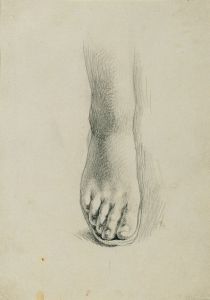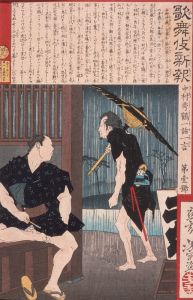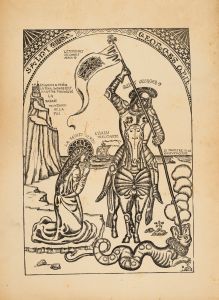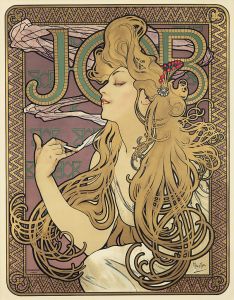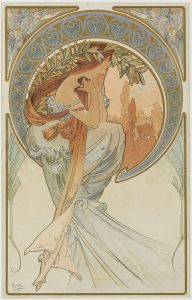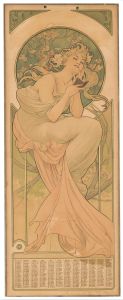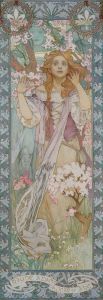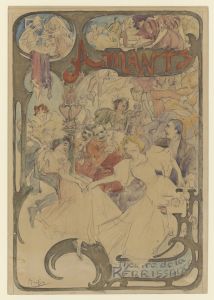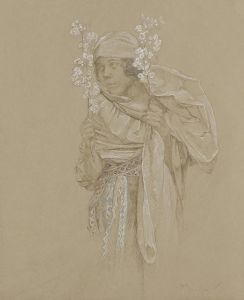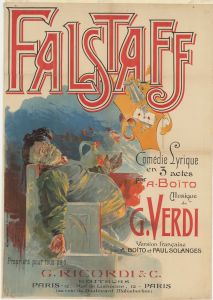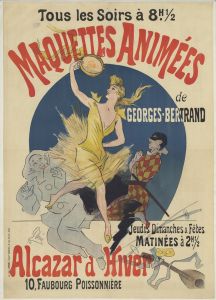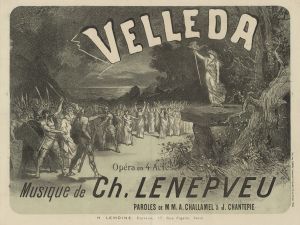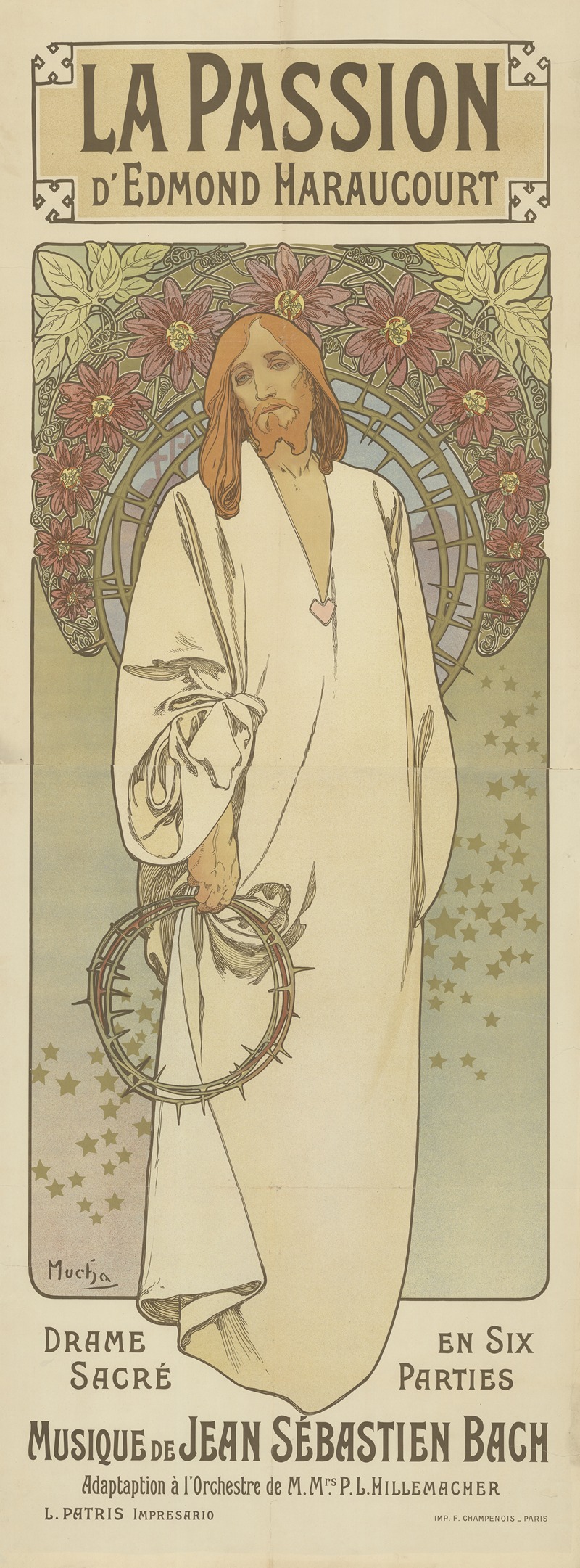
La Passion d’Edmond Haraucourt. Drame sacré en six parties, musique de Jean Sébastien Bach
A hand-painted replica of Alphonse Mucha’s masterpiece La Passion d’Edmond Haraucourt. Drame sacré en six parties, musique de Jean Sébastien Bach, meticulously crafted by professional artists to capture the true essence of the original. Each piece is created with museum-quality canvas and rare mineral pigments, carefully painted by experienced artists with delicate brushstrokes and rich, layered colors to perfectly recreate the texture of the original artwork. Unlike machine-printed reproductions, this hand-painted version brings the painting to life, infused with the artist’s emotions and skill in every stroke. Whether for personal collection or home decoration, it instantly elevates the artistic atmosphere of any space.
Alphonse Mucha, a Czech painter and decorative artist, is renowned for his distinctive style that became synonymous with the Art Nouveau movement. His work often features beautiful, flowing designs with intricate detail and a strong emphasis on natural forms and the female figure. Mucha's art was widely popular during his lifetime, and he became one of the most celebrated artists of his era.
"La Passion d’Edmond Haraucourt. Drame sacré en six parties, musique de Jean Sébastien Bach" is a lesser-known work associated with Mucha. The title suggests a sacred drama in six parts, with music by Johann Sebastian Bach, and written by Edmond Haraucourt, a French poet and novelist. However, there is limited information available about Mucha's specific involvement with this work, and it is not widely recognized as one of his major contributions to the art world.
Edmond Haraucourt was known for his literary works, and his collaboration with Mucha would have been an intriguing intersection of visual and literary arts. Haraucourt's themes often explored deep emotional and philosophical questions, which would have complemented Mucha's ability to convey complex narratives through his visual art.
Johann Sebastian Bach, a towering figure in classical music, is known for his complex compositions and mastery of counterpoint. His music has been used in various artistic contexts, and a collaboration involving his music would have added a profound auditory dimension to the visual and literary elements of the work.
Mucha's involvement in theatrical and dramatic productions was not uncommon. He designed posters and sets for various plays and performances, often infusing them with his signature style. His ability to create captivating visual narratives made him a sought-after artist for such projects.
Despite the intriguing nature of "La Passion d’Edmond Haraucourt," there is a scarcity of detailed historical records or documentation about this specific work. It is not prominently featured in major retrospectives of Mucha's work, nor is it extensively covered in literature about his life and career. This lack of information suggests that it may not have been a significant part of Mucha's artistic output or that it may have been a project that did not reach completion or widespread recognition.
In summary, while Alphonse Mucha's association with "La Passion d’Edmond Haraucourt" is an interesting footnote in his career, there is insufficient information to provide a comprehensive account of this work. Mucha's legacy, however, remains firmly established through his iconic contributions to the Art Nouveau movement and his enduring influence on the world of art and design.





